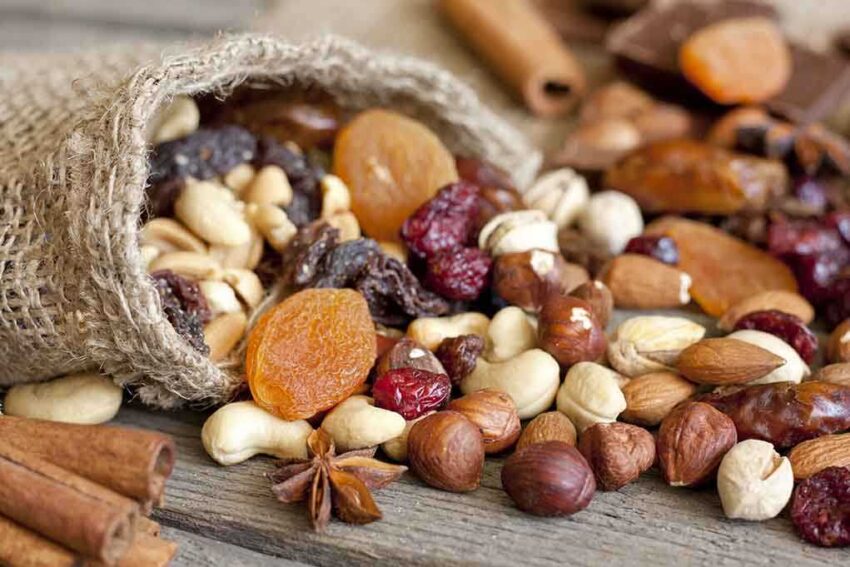California’s almond industry faces a staggering economic blow from a rampant rat infestation, threatening agricultural stability and igniting a call for swift action.
Story Highlights
- Rats cause extensive damage to almond orchards in California’s Central Valley.
- Economic losses estimated between $109.4 million and $310.5 million.
- Traditional rodent control methods prove inadequate, prompting research for alternatives.
- Urgent need for coordinated management and innovative pest control strategies.
Escalating Rat Infestation Threat in California Orchards
California’s Central Valley, a key region for almond production, is currently grappling with an unprecedented rat infestation. The surge in rat populations has caused severe damage to trees, nuts, and agricultural infrastructure, leading to significant economic losses. Reports indicate that over 112,000 acres of orchards have been affected since fall 2024, and preliminary estimates of the damage for 2025 range from $109.4 million to $310.5 million. This crisis has intensified the need for effective management strategies to protect the state’s vital agricultural sector.
The infestation primarily involves roof rats and Norway rats, known for their destructive habits such as consuming nuts, girdling branches, and burrowing into roots. These rodents also cause extensive harm to irrigation systems and farm equipment, compounding the operational challenges for growers. Traditional control measures, including rodenticides and bait stations, have shown mixed effectiveness, raising concerns about their impact on non-target species and prompting calls for alternative solutions.
Impacts on Agriculture and Economy
The economic impact of the rat infestation is profound, affecting not only the almond growers but also the broader agricultural supply chain. The California Department of Food and Agriculture’s February 2025 memo underscores the urgent need for coordinated management and further research to mitigate these losses. The almond industry, vital to the state’s economy, faces mounting pressure to adapt to these challenges and prevent future outbreaks. Increased research into integrated pest management approaches and innovative control technologies is essential.
Farmers and growers, along with the California Department of Food and Agriculture and research institutions like the University of California, Davis, are at the forefront of this battle. They are exploring a combination of chemical, mechanical, and cultural controls to combat the rat problem. However, the complexity of the issue necessitates a broader, more coordinated approach to ensure the long-term viability of California’s almond industry.
The Path Forward: Research and Innovation
Industry experts and researchers emphasize the need for innovative pest management strategies to address the rat infestation effectively. Roger Baldwin from UC Davis highlights that 2024 was an exceptionally challenging year, with significant impacts across multiple crops and regions. The limitations of current rodenticide-based approaches, particularly for roof rats in citrus and nut orchards, highlight the necessity for new methods. Collaborative efforts between farmers, government agencies, and research institutions are crucial to developing sustainable solutions.
As the situation unfolds, the focus remains on reducing immediate economic losses while establishing long-term pest management strategies. The urgency of the problem has catalyzed increased outreach and educational efforts to inform growers of best practices. The agricultural community is hopeful that through research, innovation, and coordinated action, they can overcome this challenge and secure the future of California’s almond industry.
Rat Infestation Costs California Almond Growers Millions #news https://t.co/pQlGW2SbtQ via @epochtimes
— Filtered News (@filterednews) August 19, 2025
The current rat infestation serves as a stark reminder of the vulnerabilities within agricultural sectors and the importance of adaptive management strategies. As stakeholders work towards solutions, the lessons learned from this crisis could pave the way for more resilient agricultural practices in the future.
Sources:
Preliminary Analysis of Rat Damage in Almonds 2025
Losses Caused by Rodents to Economic Field Crops and Fruit Trees
Increased Rodent Activity on Farms Causes Damage & Losses
“`
Click this link for the original source of this article.
Author: Editor
This content is courtesy of, and owned and copyrighted by, https://www.unitedvoice.com and its author. This content is made available by use of the public RSS feed offered by the host site and is used for educational purposes only. If you are the author or represent the host site and would like this content removed now and in the future, please contact USSANews.com using the email address in the Contact page found in the website menu.





